1. Introduction
Artificial Intelligence has evolved from a futuristic concept into a daily necessity at lightning speed. Just a few years ago, AI tools were considered experimental, suitable for enthusiasts and early adopters tinkering with machine learning models. Fast forward to 2025, and these tools have matured into indispensable companions across industries, powering everything from marketing campaigns and healthcare diagnostics to content creation and enterprise automation.
But here’s the bigger picture: the pace of AI development shows no sign of slowing. The tools we consider advanced today may soon appear rudimentary compared to what’s coming next. By 2026 and beyond, AI tools won’t just be assisting humans with repetitive tasks—they will be co-creators, strategic decision-makers, and even governance partners in how societies function.
In this article, we’ll explore the future of AI tools, examine the technological shifts driving innovation, and make predictions about how these systems will reshape industries, redefine creativity, and spark new ethical conversations. The goal isn’t just to imagine futuristic possibilities—it’s to prepare for a world where AI tools become seamlessly integrated into the fabric of human life.
2. The Current Landscape of AI Tools
To predict the future, we must first understand the present.
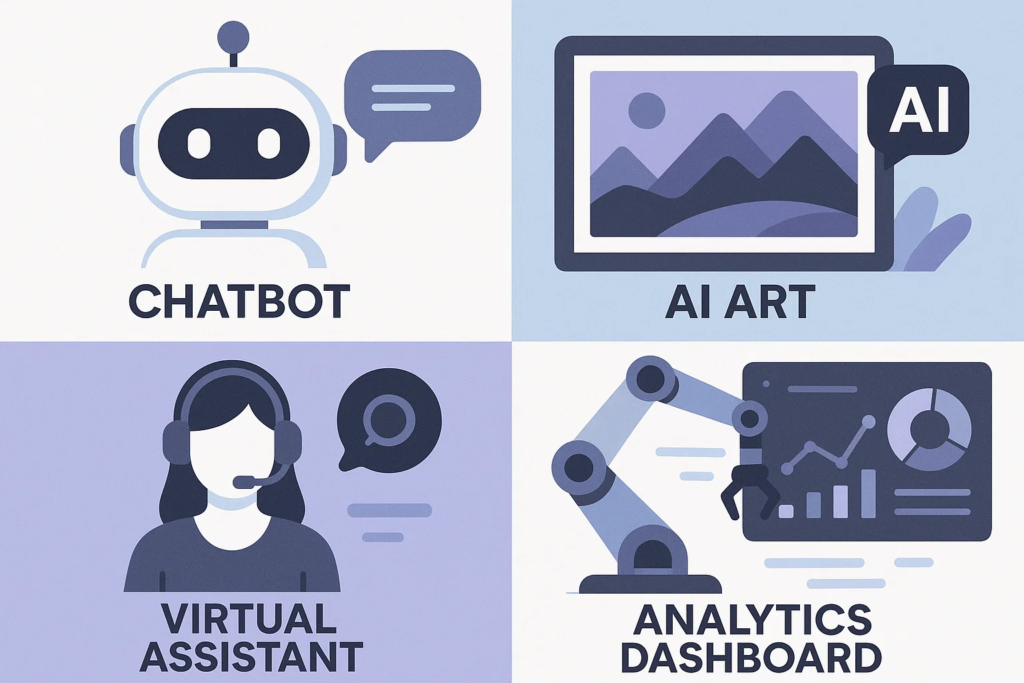
As of 2025, AI tools are everywhere—both visible and invisible. Chatbots, generative AI platforms, video editors, transcription assistants, and recommendation engines have entered mainstream workflows. They are no longer “add-ons” but central to productivity, creativity, and problem-solving.
Some dominant categories include:
- Productivity & Office Tools: AI writing assistants, meeting summarizers, and workflow optimizers.
- Creative Design & Media: AI image generators, music composers, and video production tools.
- Marketing & Sales: Tools for ad generation, customer behavior prediction, and lead scoring.
- Automation & Data Analysis: No-code AI systems that allow businesses to automate tasks without programming.
- Healthcare & Education: AI-powered diagnosis, tutoring systems, and virtual training platforms.
The key shift over the last three years has been accessibility. Tools once locked behind technical expertise are now available to anyone with a smartphone. Subscription-based models, intuitive interfaces, and integration with everyday apps have democratized access.
Still, these are early days. Many AI tools face limitations—context awareness, creativity boundaries, bias in decision-making, and ethical transparency. These challenges are precisely what make the next phase of AI development so exciting: the breakthroughs ahead will tackle these pain points directly.
3. Major Technological Shifts Driving the Future
The trajectory of AI tools is shaped by several technological undercurrents that will mature by 2026.
Advancements in Generative AI
Generative AI already creates realistic text, images, and audio. By 2026, these models will be truly multimodal—seamlessly combining video, sound, and 3D modeling. Imagine creating an entire film with AI handling scriptwriting, character voices, scene rendering, and post-production.
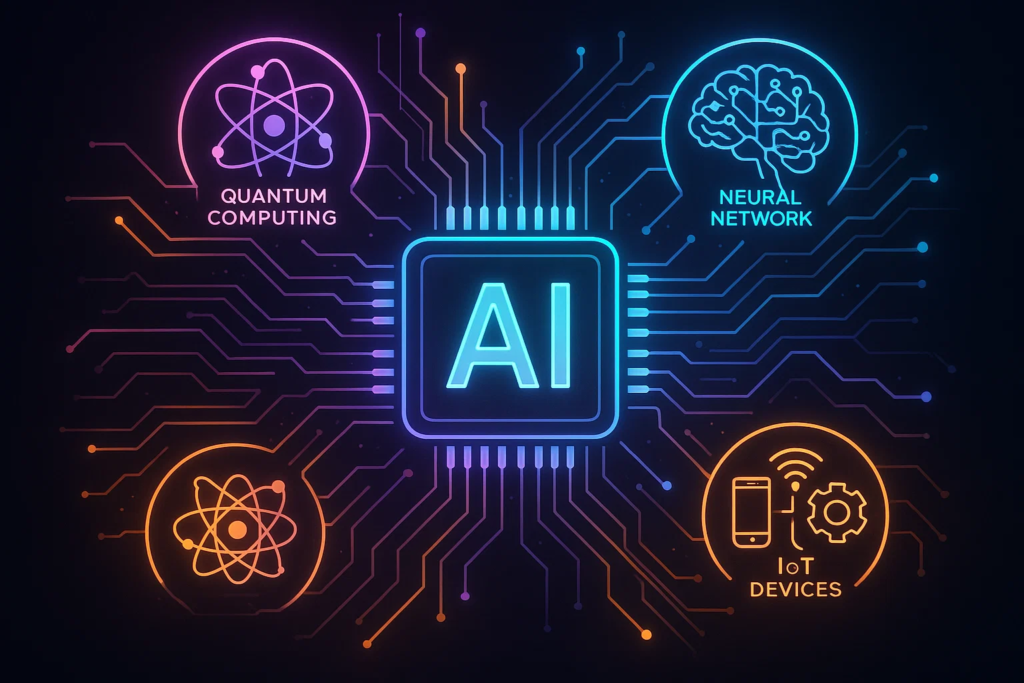
Edge AI
Currently, most tools depend on cloud processing. But Edge AI will allow tools to operate locally on personal devices with comparable power. This reduces latency, protects privacy, and expands use cases in environments with limited internet connectivity.
Quantum Computing & AI
Though still in its infancy, the combination of AI with quantum computing could redefine problem-solving. Tasks like protein folding simulations, financial forecasting, or climate modeling will become exponentially faster. By 2026, we may see the first AI tools leveraging quantum-assisted computation in specialized fields.
Personalized AI Agents
Instead of one-size-fits-all assistants, we’ll interact with AI agents deeply customized to individual preferences. These agents will learn from personal behavior, adapt to communication style, and even anticipate needs—functioning more like digital colleagues than static tools.
Integration with IoT
AI will move beyond screens and into physical spaces. Smart homes, autonomous factories, and connected cities will rely on AI tools embedded in IoT devices. Everyday objects—from refrigerators to cars—will serve as interfaces for AI-powered services.
4. Predictions for AI Tools in 2026
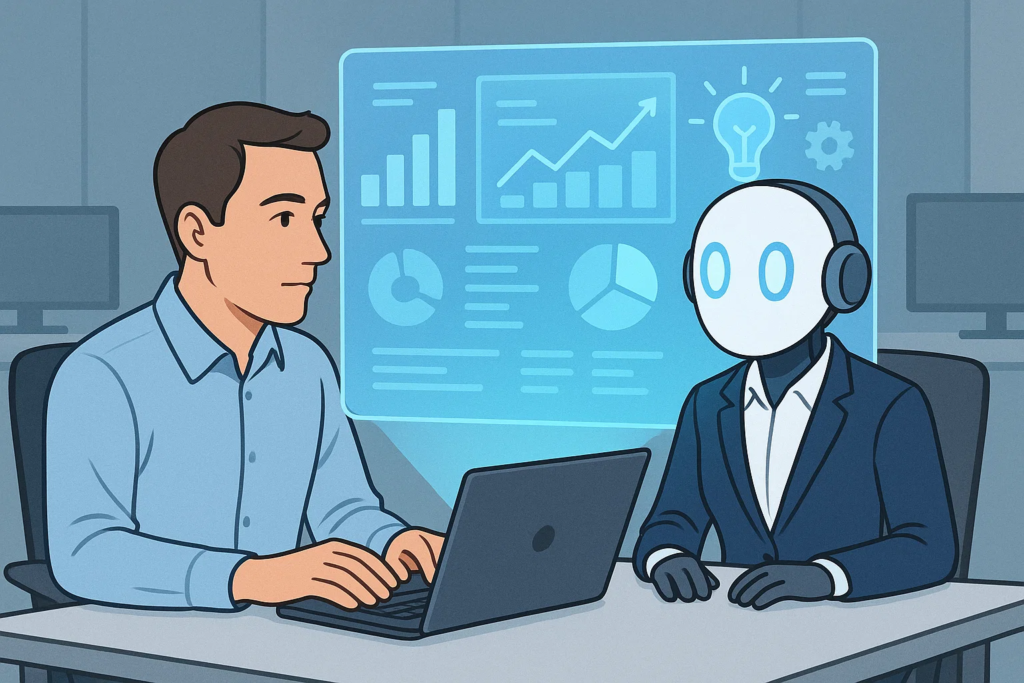
The coming years will redefine the role of AI tools in society. Here are the major predictions:
4.1 AI as Personal Digital Colleagues
By 2026, AI assistants will handle not just menial tasks but full workflows. They will draft emails, negotiate schedules, design presentations, and even propose strategic business decisions. Instead of being “helpers,” they will evolve into teammates—always available, highly efficient, and context-aware.
4.2 AI-Driven Business Ecosystems
Companies will adopt AI-first operating models. Instead of using AI tools as optional add-ons, enterprises will build entire ecosystems around them. From hiring to logistics, businesses will function with AI at the core, making processes faster, leaner, and more competitive.
4.3 Hyper-Personalization
Personalization will go beyond “recommended products.” By 2026, AI tools will create tailored learning experiences, marketing campaigns for micro-audiences, and health regimens based on individual biology. Users will expect tools that don’t just serve generic solutions but align with their exact preferences.
4.4 Autonomous Creativity
AI-generated content will cross a threshold into originality. We’ll see AI co-authoring novels, composing symphonies, or designing products indistinguishable from human-made creations. The debate will shift from “Can AI create?” to “How do humans and AI co-create ethically?”
4.5 Regulation and Ethical AI Tools
Governments and industries will implement stricter frameworks to ensure ethical AI usage. Tools will require transparency about decision-making processes, and certification systems will emerge to validate fairness and data integrity. By 2026, trust will be a major competitive factor in the AI tools market.
5. Industry-Specific Futures
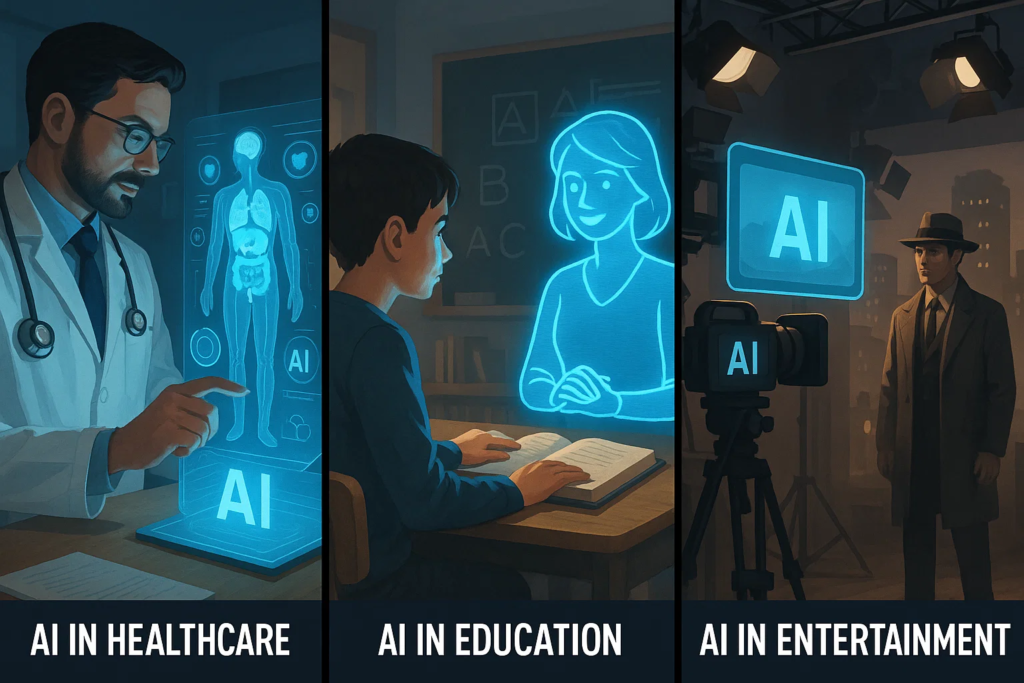
5.1 Healthcare
AI will become an essential diagnostic partner, reducing human error and accelerating treatment. Predictive AI will monitor patient health in real time, alerting doctors before issues arise. In underserved areas, AI-powered virtual doctors could provide critical support, addressing healthcare inequities.
5.2 Education
Personalized AI tutors will transform education. Each student will receive tailored lessons adjusted to their pace and style of learning. Teachers will use AI to build adaptive curricula, freeing them to focus on mentoring and critical thinking. Education gaps across the globe may shrink as high-quality tutoring becomes universally accessible.
5.3 Marketing & Business
Marketing will become hyper-targeted and largely automated. AI tools will design campaigns, predict consumer responses, and adjust strategies on the fly. Sales funnels could be fully automated, with AI guiding customers from discovery to purchase seamlessly.
5.4 Creative & Entertainment
Filmmakers, game developers, and musicians will partner with AI to generate immersive content. We might see AI generating fully interactive films where the storyline changes in real time based on viewer reactions. Instead of replacing human creators, AI will amplify creative possibilities.
5.5 Workplace & Productivity
Workplace AI tools will manage workflows, assign tasks, and monitor productivity. Knowledge workers will spend less time on routine activities and more on critical problem-solving. The “AI-augmented workplace” will become the norm, raising both opportunities and challenges in terms of human roles.
6. Challenges & Ethical Questions
The rise of AI tools is not without friction. Several challenges will need to be addressed:
- Data Privacy & Ownership: Who owns the data that trains AI and the outputs it generates?
- Misinformation Risks: The proliferation of deepfakes and synthetic content will require robust detection mechanisms.
- Workforce Disruption: Many jobs will be reshaped or displaced. The priority will be reskilling and preparing workers for AI-integrated roles.
- Human Judgment vs. AI Autonomy: As tools grow more capable, societies must decide where to draw boundaries between machine decisions and human oversight.
Without addressing these issues, trust in AI tools could erode, slowing adoption despite technical advancements.
7. Long-Term Vision: Beyond 2026
Looking further ahead, AI tools will likely transition from assistants to extensions of human cognition. By 2030, we could see:
- AI as “Second Brains”: Seamless collaboration with AI tools that anticipate needs and expand memory, creativity, and decision-making.
- AI Governance: Global regulations defining safe and ethical AI usage across borders.
- AI-Human Symbiosis: Instead of humans teaching machines, there will be mutual learning—where AI adapts to human intuition, and humans expand their capabilities with machine insight.
This future is not about replacement—it’s about augmentation. The real question is not whether AI will integrate into daily life, but how harmoniously it can coexist with human values.
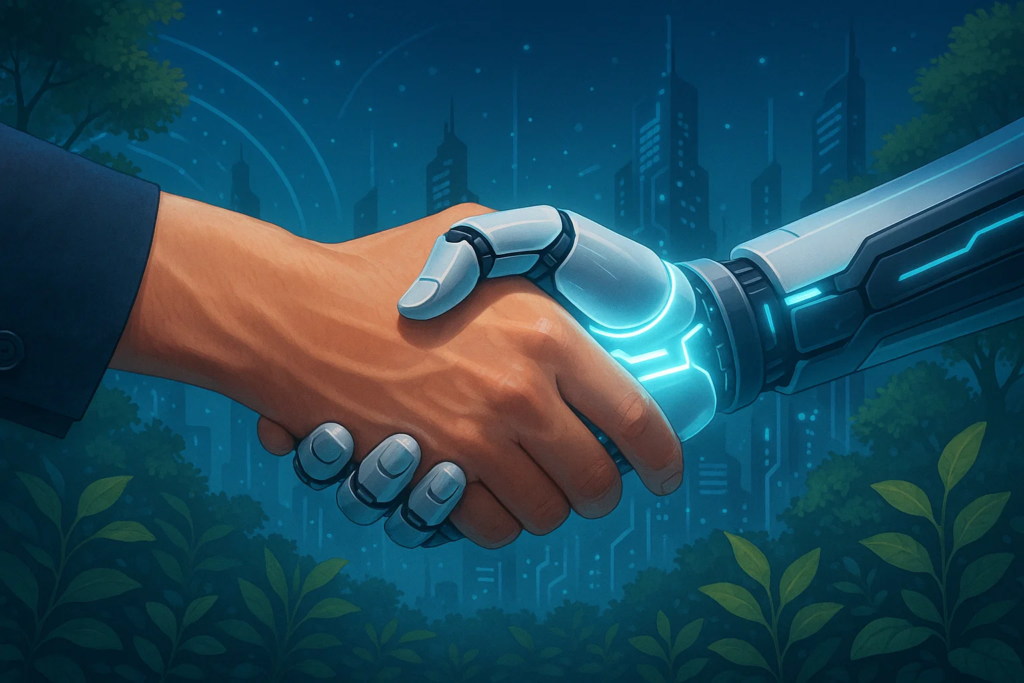
8. Conclusion
The future of AI tools is both thrilling and daunting. By 2026, they will evolve from convenient add-ons to indispensable partners in business, creativity, healthcare, education, and everyday life. They will reshape industries, empower individuals, and challenge long-held assumptions about work and intelligence.








